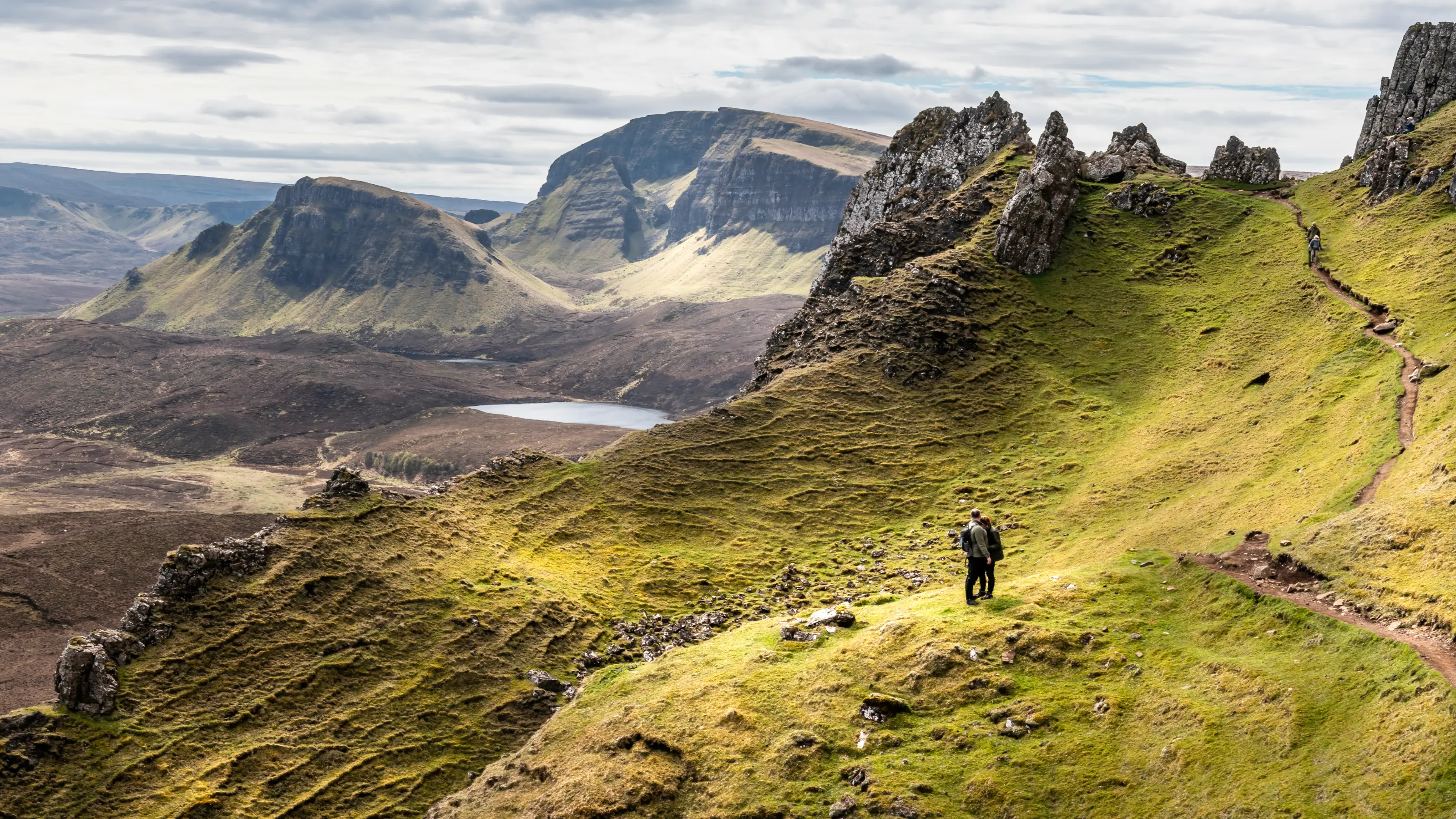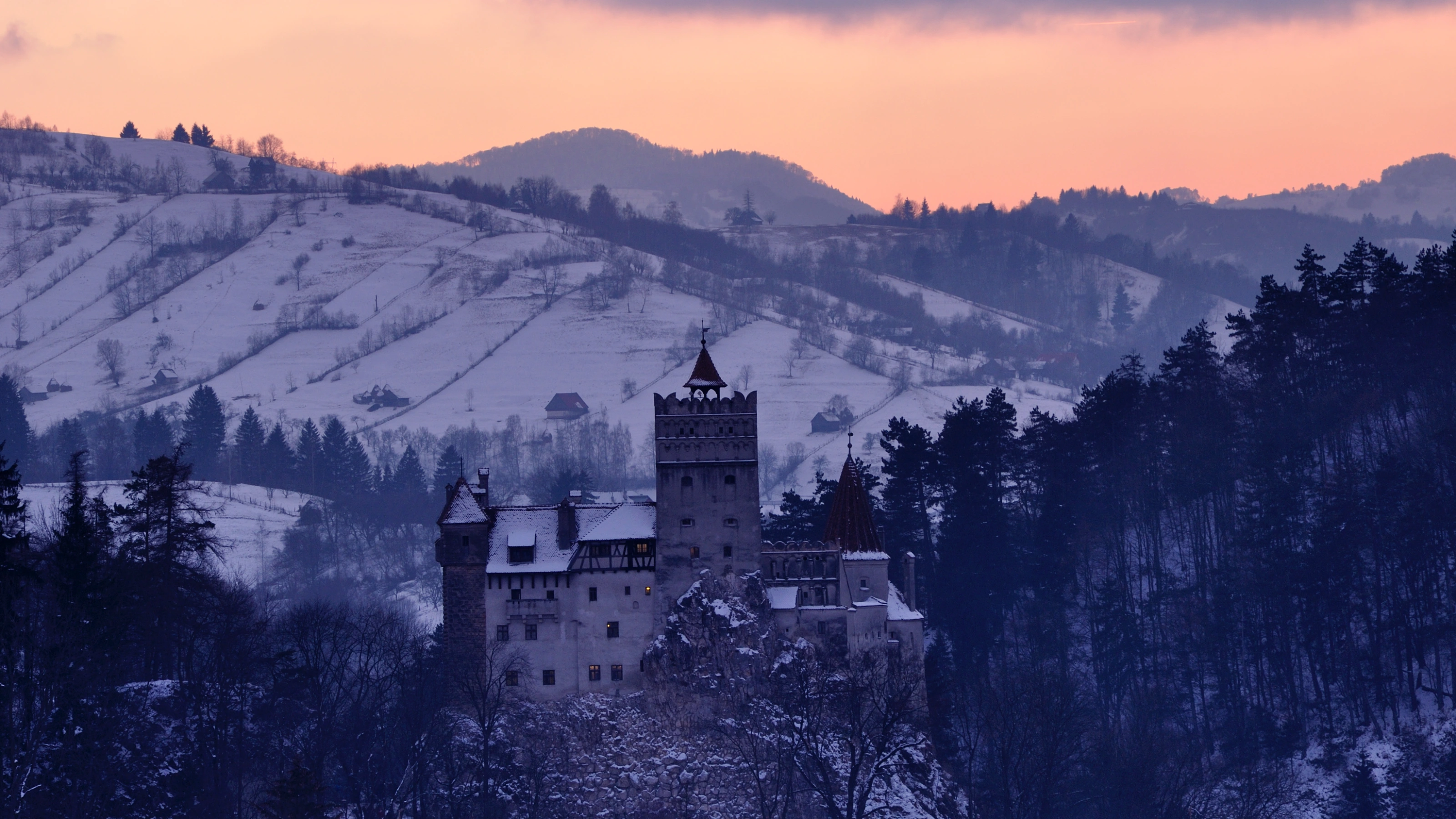Tropic like it's hot: when to visit the Philippines
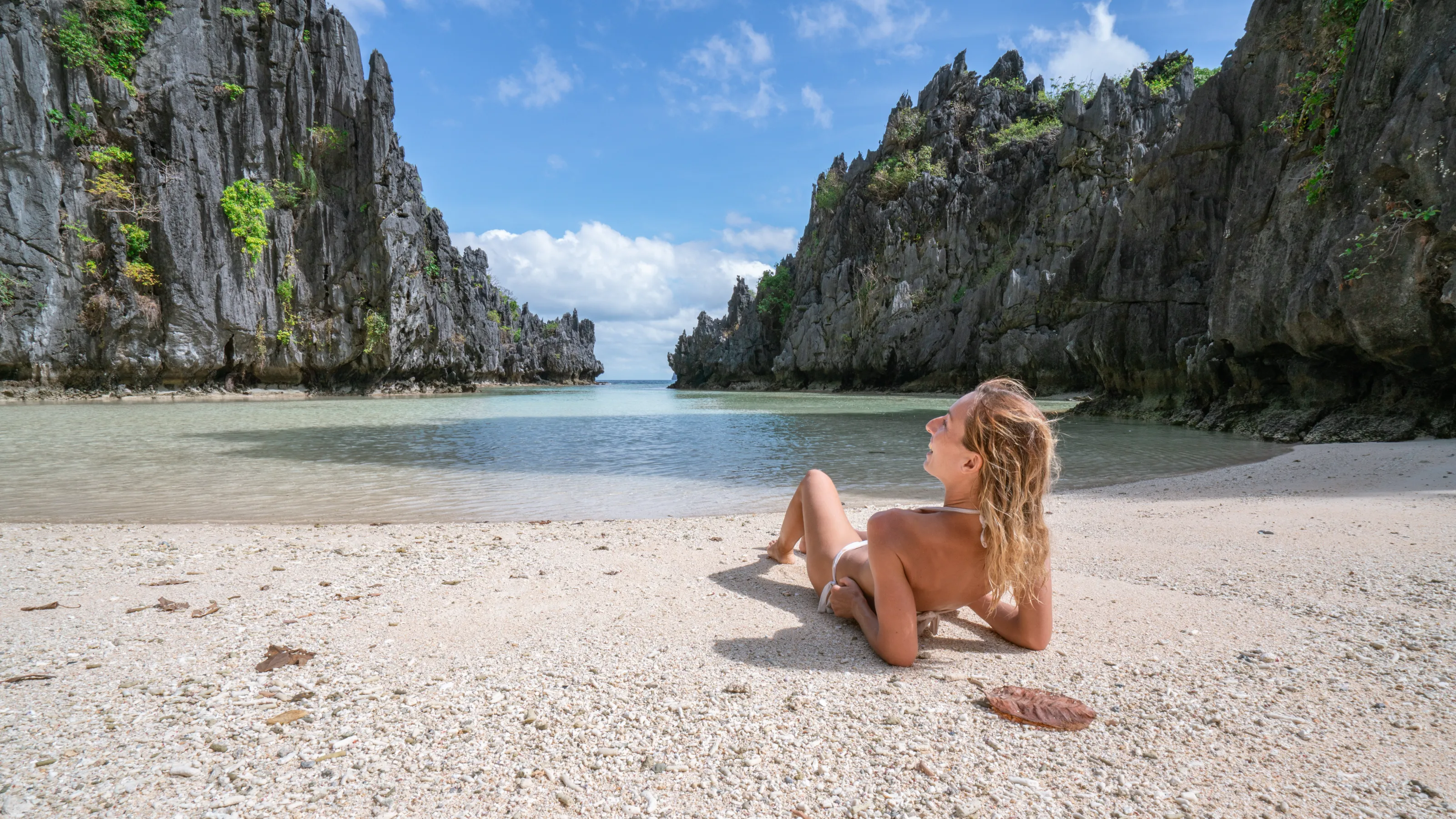
The Philippines, an archipelago made up of thousands of islands, is a tropical paradise that offers an idyllic getaway year-round — if you know which islands to visit. This country is a bucket-list destination famous for its dreamy beaches, diverse marine life, world-renowned surfing, and even more incredible things to do, so you’ll want to time your visit right. Nobody wants their coconut-sipping beach days drowned out by rain.
When is the best time to visit the Philippines? Whether you plan to go diving, hiking, or island hopping, here’s everything you need to know about the country’s weather and when to go.
Weather in the Philippines
Tropical destinations come with heat and humidity, and the Philippines is no exception. Temperatures rarely dip below 25°C (77°F) year-round, so you can confidently leave your winter jacket at home. The weather in the Philippines is divided into two main seasons: dry and rainy. While there are exceptions, this simple split makes trip planning much easier. The dry season runs from November to April, when temperatures fluctuate between 25°C (77°F) and 35°C (95°F), and rain rarely shows its face.
The rainy season, from June to October, is a different story. Depending on your location, expect frequent rain, from short showers to heavy tropical downpours. Still, temperatures remain warm, ranging from 25°C (77°F) to 30°C (86°F), but be prepared because the humidity can be intense. Sometimes it’s not the rain but the heat that leaves you drenched.
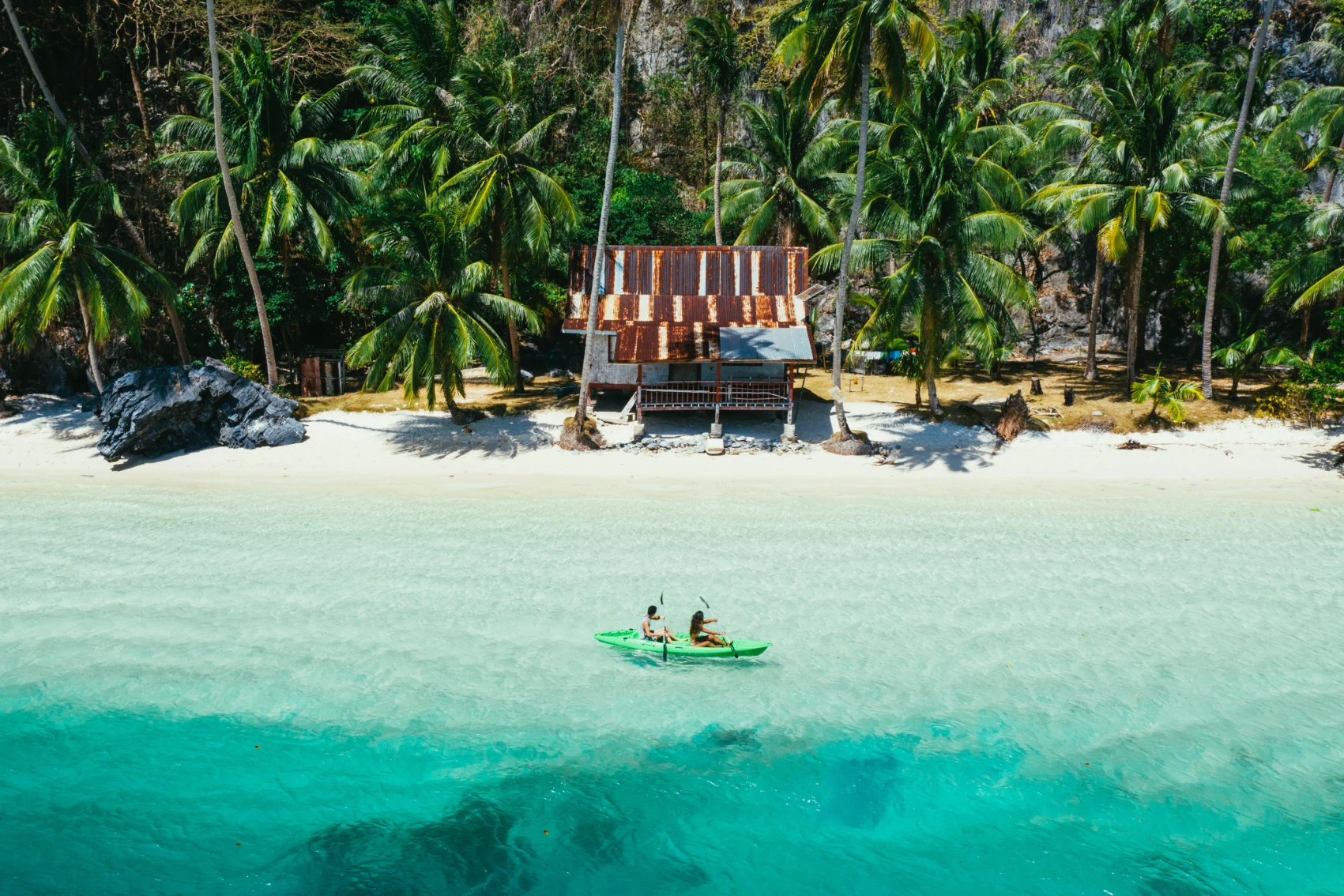
Experience it for yourself on: Best of the Philippines
Typhoons in the Philippines
The Philippines enters typhoon season from June until September, experiencing about 10 to 15 typhoons each year. These storms primarily affect the eastern Pacific coastline, including the islands of Luzon, Samar, Leyte, and parts of Mindanao. Fortunately, some regions, like the central Visayas (including Bohol, Panglao, and Siquijor), are better sheltered from the worst of the weather, making them safer options during this time. Palawan, an extraordinary region, is largely spared, too.
Typhoons aren’t something to take lightly, and it’s recommended to keep up to date with weather reports and plan accordingly. These storms can bring destructive winds, torrential rain, flooding, and landslides, often leading to transportation disruptions and safety concerns that can derail your trip. A typhoon isn’t the kind of travel story you want to return home with!
You're in good hands on: Palawan and Coron: Underground Rivers, Snorkeling & Island Hopping
Best time to go to the Philippines
The best months to visit the Philippines are December, January, and February. While this period is considered winter, temperatures remain warm and comfortable, making it the most pleasant time of the year for travellers. These months are perfect for enjoying the stunning beaches, snorkelling in warm turquoise waters full of marine life, and island hopping on a banka, a traditional boat. Plus, you can explore the country’s diverse landscapes and nature through activities like hiking Mt Purro.
Although December through February is considered the ultimate time to visit for perfect weather, the entire dry season (November to April) is ideal, ensuring plenty of sunshine and minimal rainfall for your adventures.
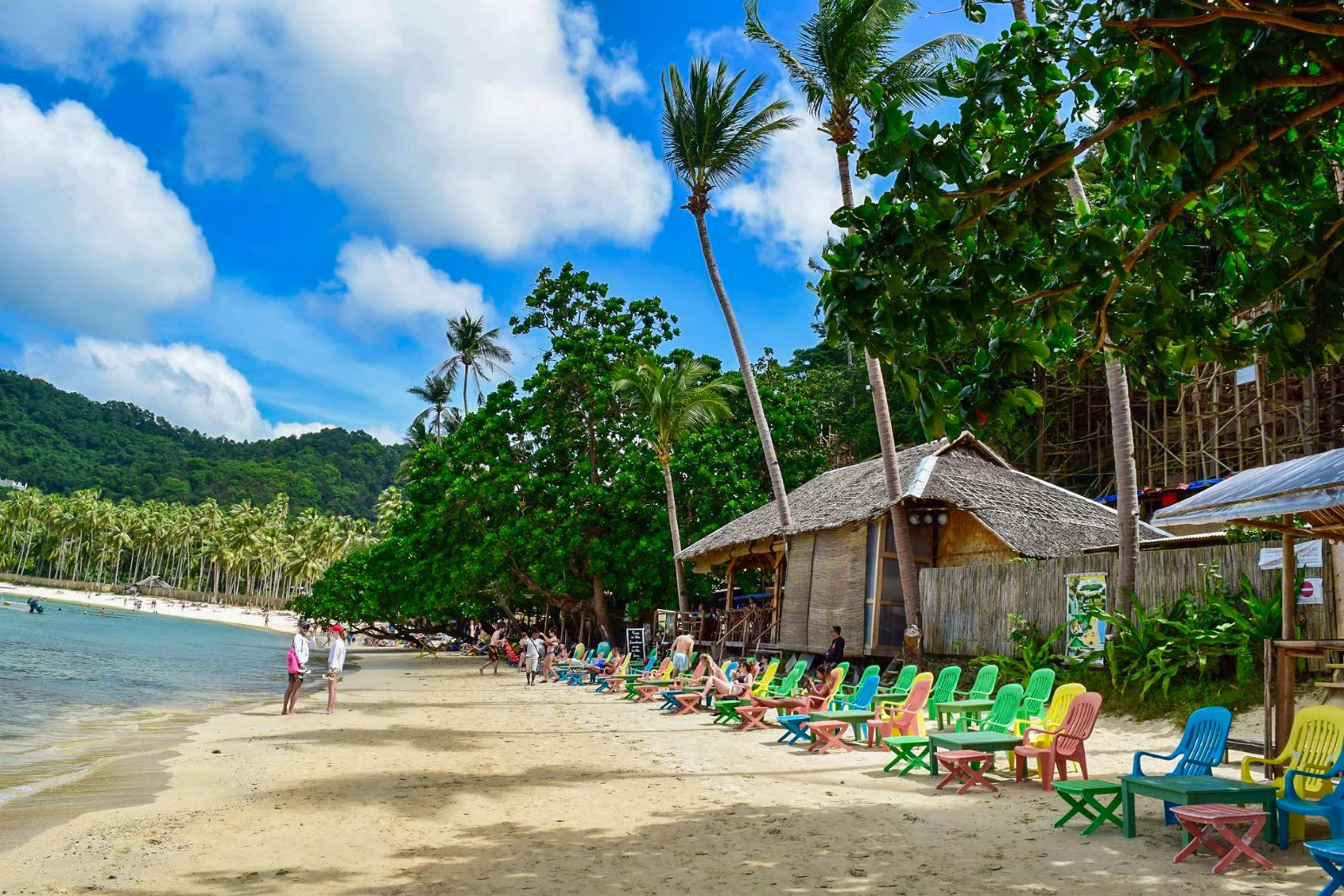
Experience it for yourself on: Philippines Express
High season in the Philippines
The busiest travel season in the Philippines, from December to April, entices tourists eager to soak up the sun and enjoy the country’s idyllic weather. However, with perfect weather comes a tradeoff: popular destinations like El Nido, Coron, Boracay, and Bohol can get crowded. Accommodations fill up quickly, and prices rise, so planning and booking ahead is wise.
For travellers seeking a quieter experience, consider exploring lesser-known destinations like Leyte in the Visayas region. Here, whale shark season starts in early November and lasts until the end of May. Head to Southern Leyte, where you’ll find an ethical opportunity to swim with whale sharks, an experience you’ll never forget. Unlike Oslob or Lila, encounters here prioritize sustainable practices and don’t feed the whale sharks.
High season is also the best time for diving in the Philippines. While sea temperatures are slightly lower in the dry season, ranging from 26°C to 28°C (79°F to 82°F) compared to the rainy seasons, 29°C to 31°C (84°F to 88°F), you’ll enjoy calm seas and minimal risk of storms disrupting your plans. Trust us: you won’t want to miss out on the shipwrecks, diverse marine life, and the second-largest reef in Southeast Asia.
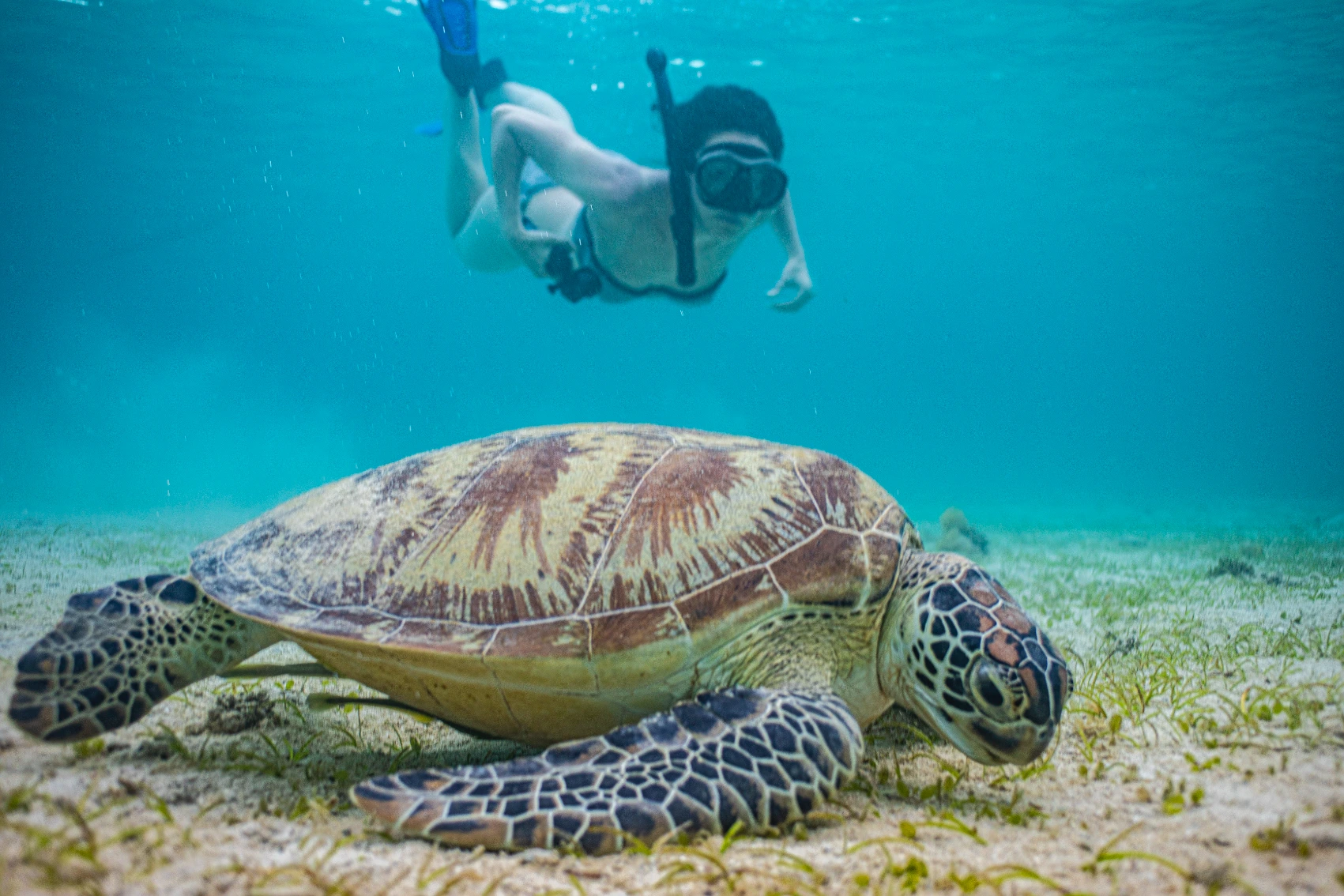
Experience it for yourself on: Solo-ish Philippines
Philippines during shoulder season
Travelling during a country’s shoulder season — the transitional period between high and low seasons — can be an invaluable travel hack. Prices are often lower, fewer tourists spoil the view, and the weather is still generally good. For some people, the shoulder months are the best time to go to the Philippines. In the Philippines, the shoulder months are May and October. However, it’s worth noting that April and May coincide with school holidays, when domestic tourists flock to popular beaches. If you find yourself surrounded by too many people, then head to secluded islands that have more coconuts than people.
Consider visiting Banaue during the shoulder season for a unique experience beyond the beaches. Known for its stunning rice terraces, Banaue offers some of the best hiking in the Philippines. The ideal time to explore is from April to May or October to November, when the terraces are lush and green.
Experience it for yourself on: Philippines Island Hopping: El Nido, Coron & Beach Bonfires
Low season in the Philippines
The Philippines tends to be slightly more expensive than other destinations in Southeast Asia, but visiting during the low season (June to October) can help stretch your budget — just don’t forget to pack a rain jacket. With fewer tourists around, the low season brings great deals on accommodations, transportation, and activities. The more spontaneous among us enjoy the low season more because last-minute bookings are rarely an issue.
The beauty of the Philippines is that you can always find a pocket of sunshine. Siargao, known for its world-class surfing, endless palm-lined roads, and laid-back vibe, enjoys its dry season from April to September, making it an excellent option for avoiding rain elsewhere. A bonus of travelling during the low season in the Philippines? Fewer tourists mean more opportunities for authentic interactions with locals, whether you’re sharing stories under the shelter of a sari-sari store or joining a lively Filipino picnic on the beach.
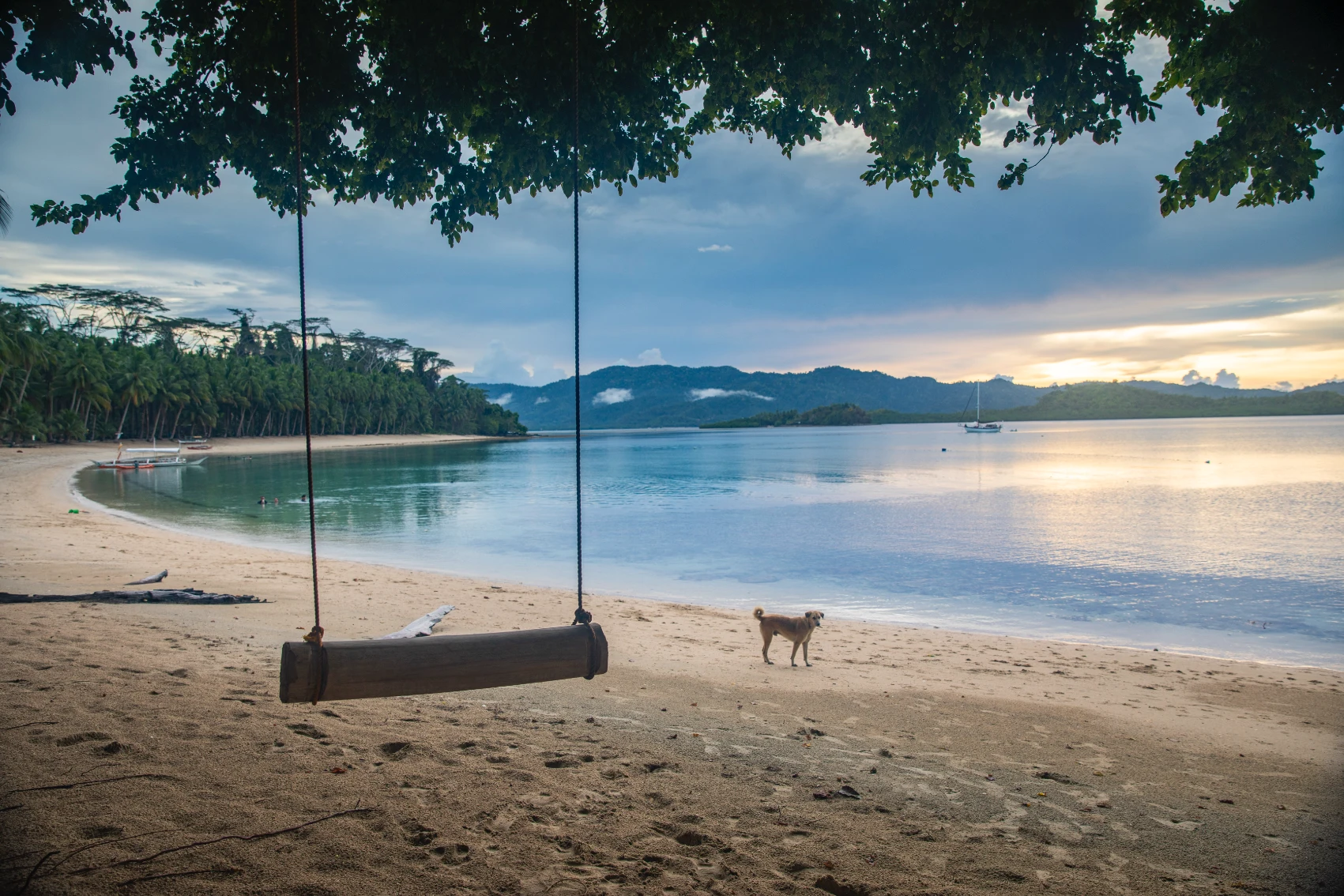
Experience it for yourself on: Epic Philippines: Island Hopping Adventure
Surf season in the Philippines
The Philippines is earning a name as a world-class surfing destination thanks to its tropical weather, which makes the country an ideal surf spot with consistent swells year-round. The warm temperatures mean you can forget the wetsuit. Siargao is the most popular surfing spot, home to Cloud 9, a world-class wave that draws surfers from around the globe. If you don't care about waves with famous titles, head to the largely unknown town of Baler on Luzon. East-facing spots like these have the best surf from July to October. For west-facing surf towns like La Union and Zambales, December to March is the best time to catch shaka-throwing waves.
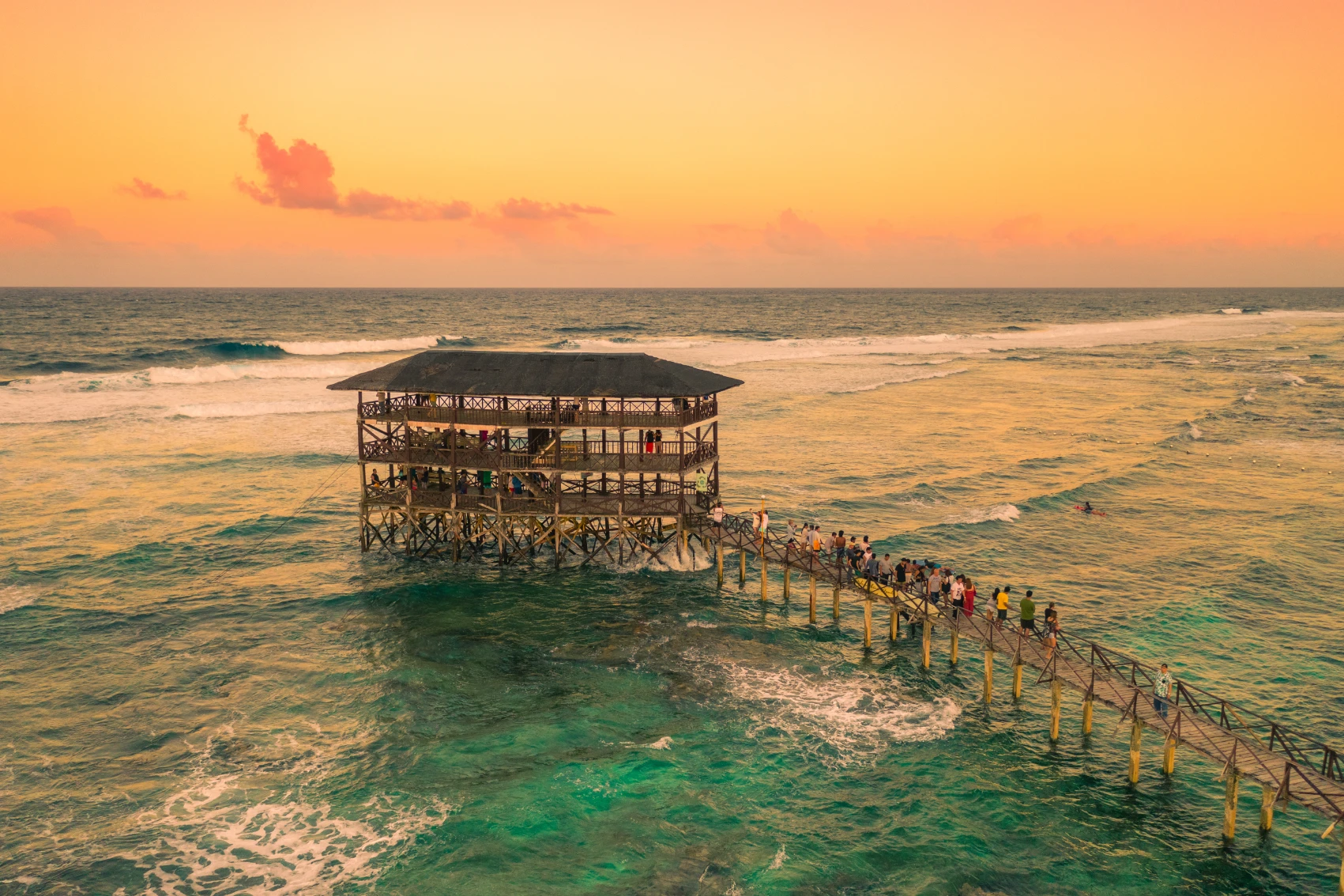
Experience it for yourself on: Manila and Palawan: Jungle Trekking, Local Eats & Epic Beaches
Best festivals in the Philippines
Festivals can be a pro or con when deciding the best time to visit a country. Some travellers want to experience the vibrancy of local celebrations, while others prefer to avoid them because popular spots can get crowded and prices may rise. Filipinos love to party, so even if you don’t plan your trip around a festival, chances are that you’ll still stumble upon one. Alongside the bigger festivals, every community hosts its own festivals to honour patron saints, harvests, and anniversaries. Among the most famous Filipino festivals are the Ati-Atihan in Kalibo and Cebu’s Sinulog Festival (both in January) and the month-long Masskara Festival in Bacolod (October).
The Philippines is a predominantly Catholic country, so Easter and Christmas are celebrated with a lot of enthusiasm. In fact, the Philippines holds the record for the world’s longest Christmas season, which kicks off on September 1 and lasts until January.



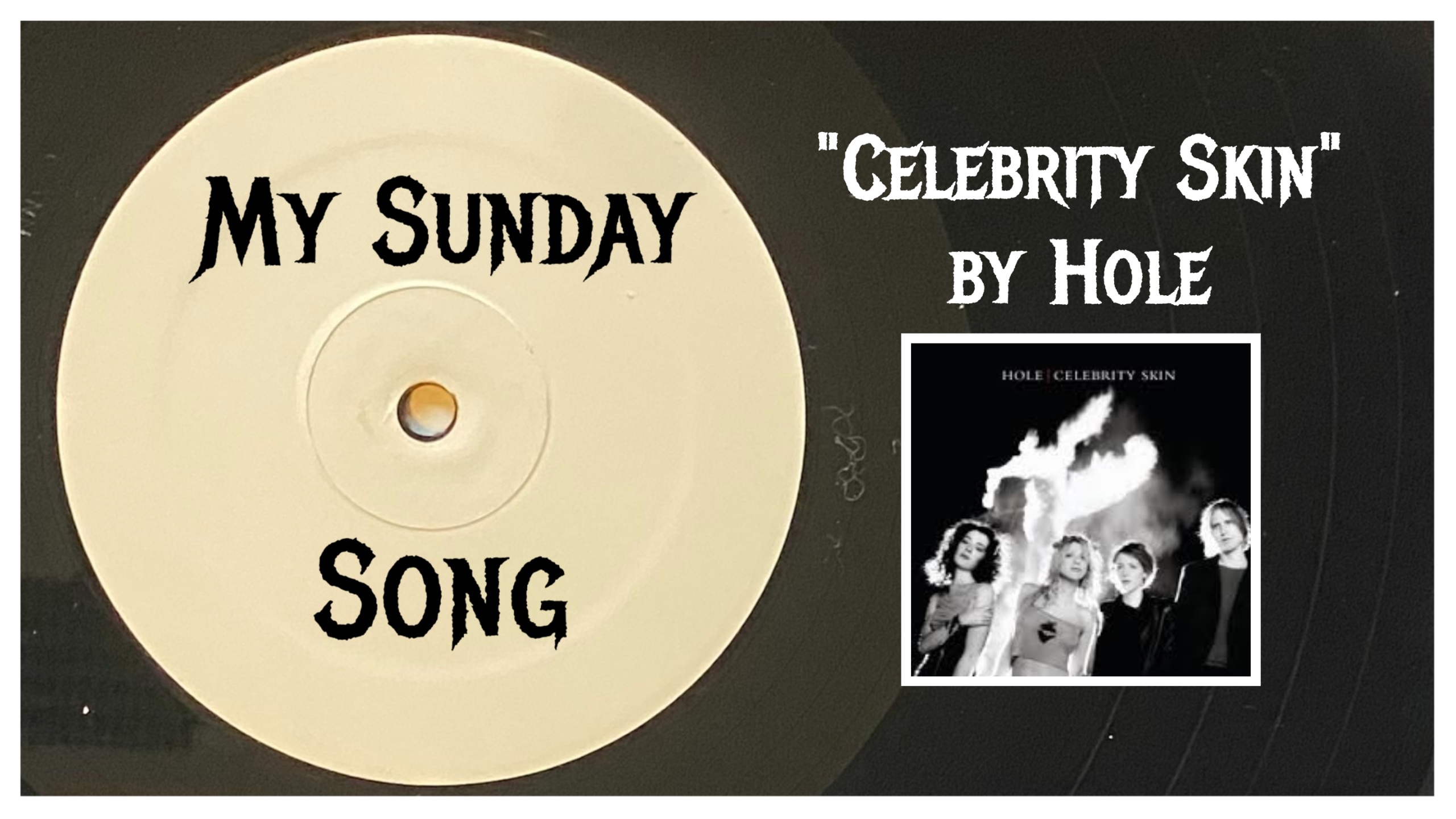





















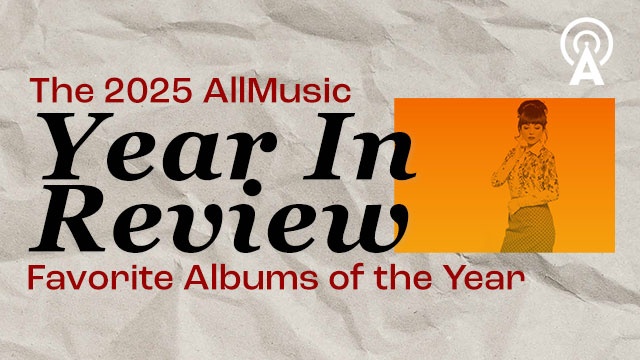


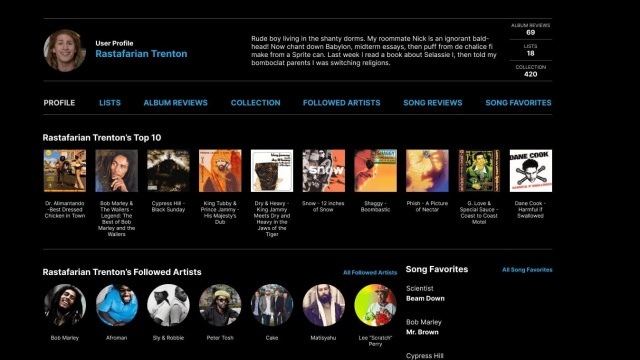

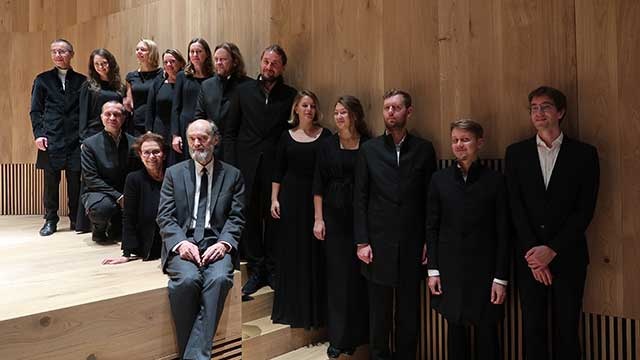

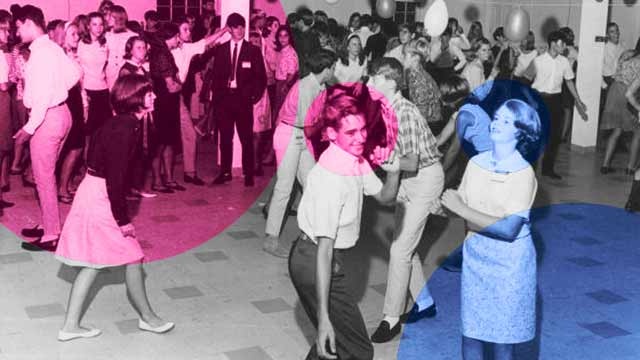













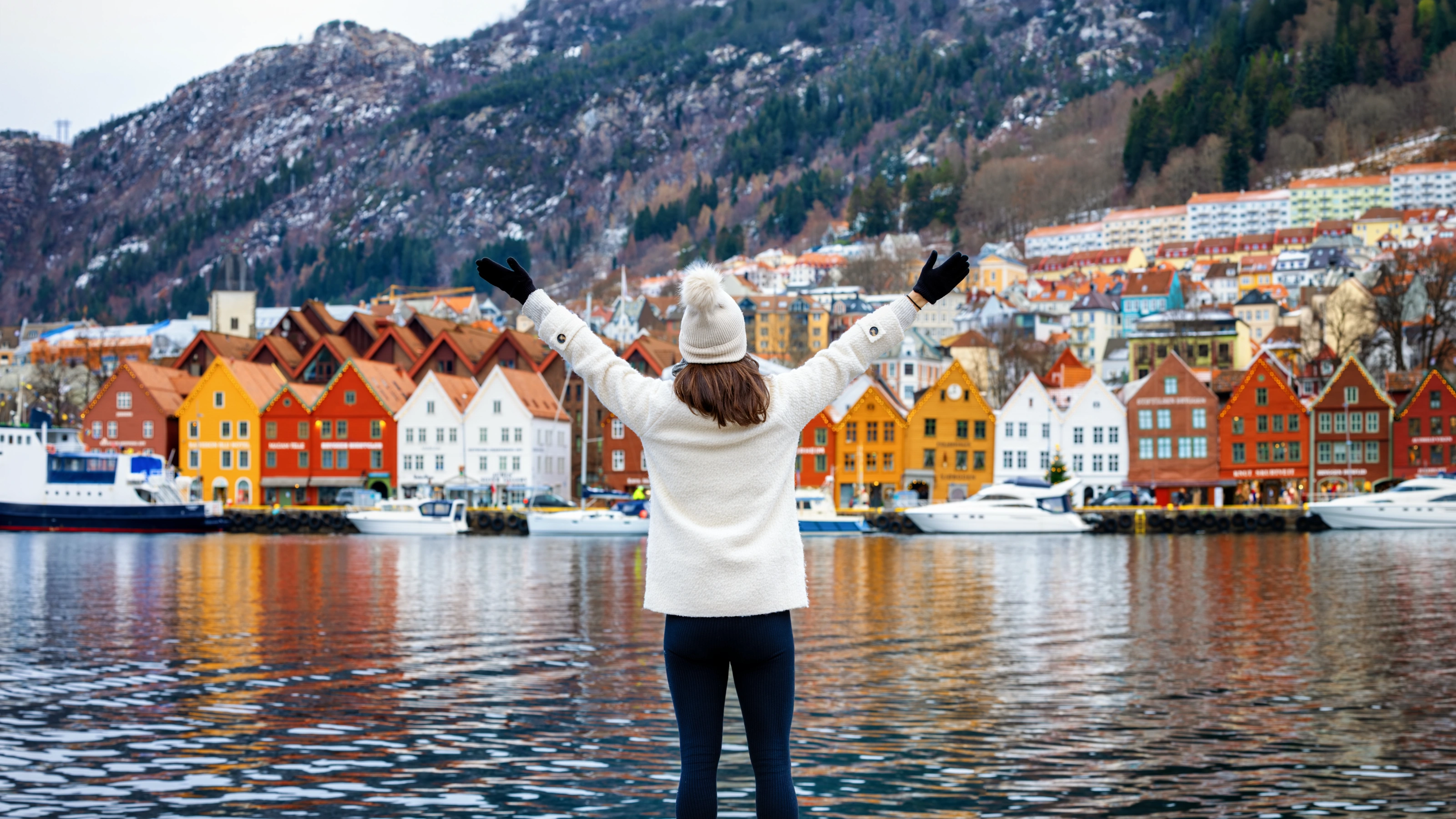


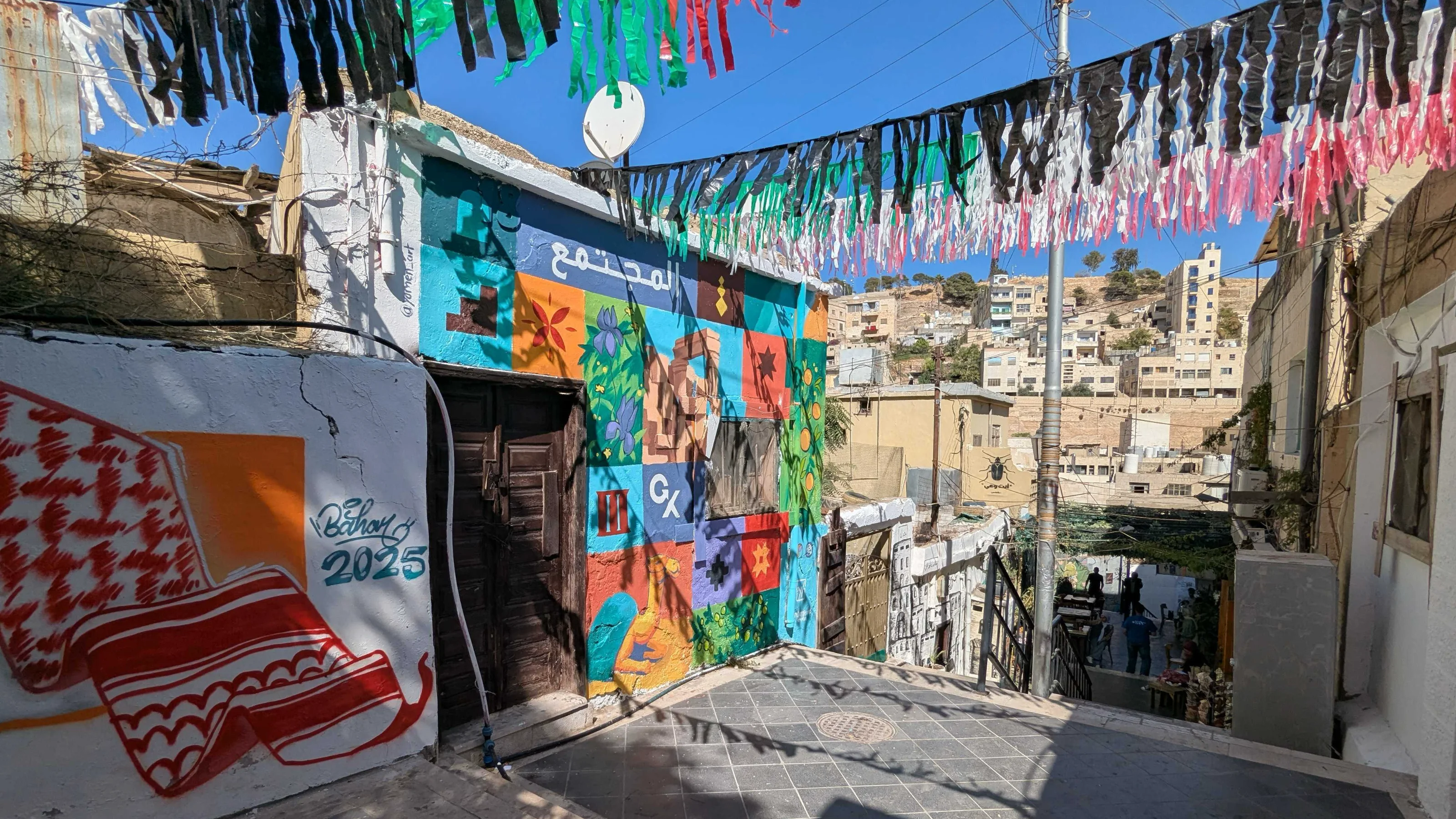
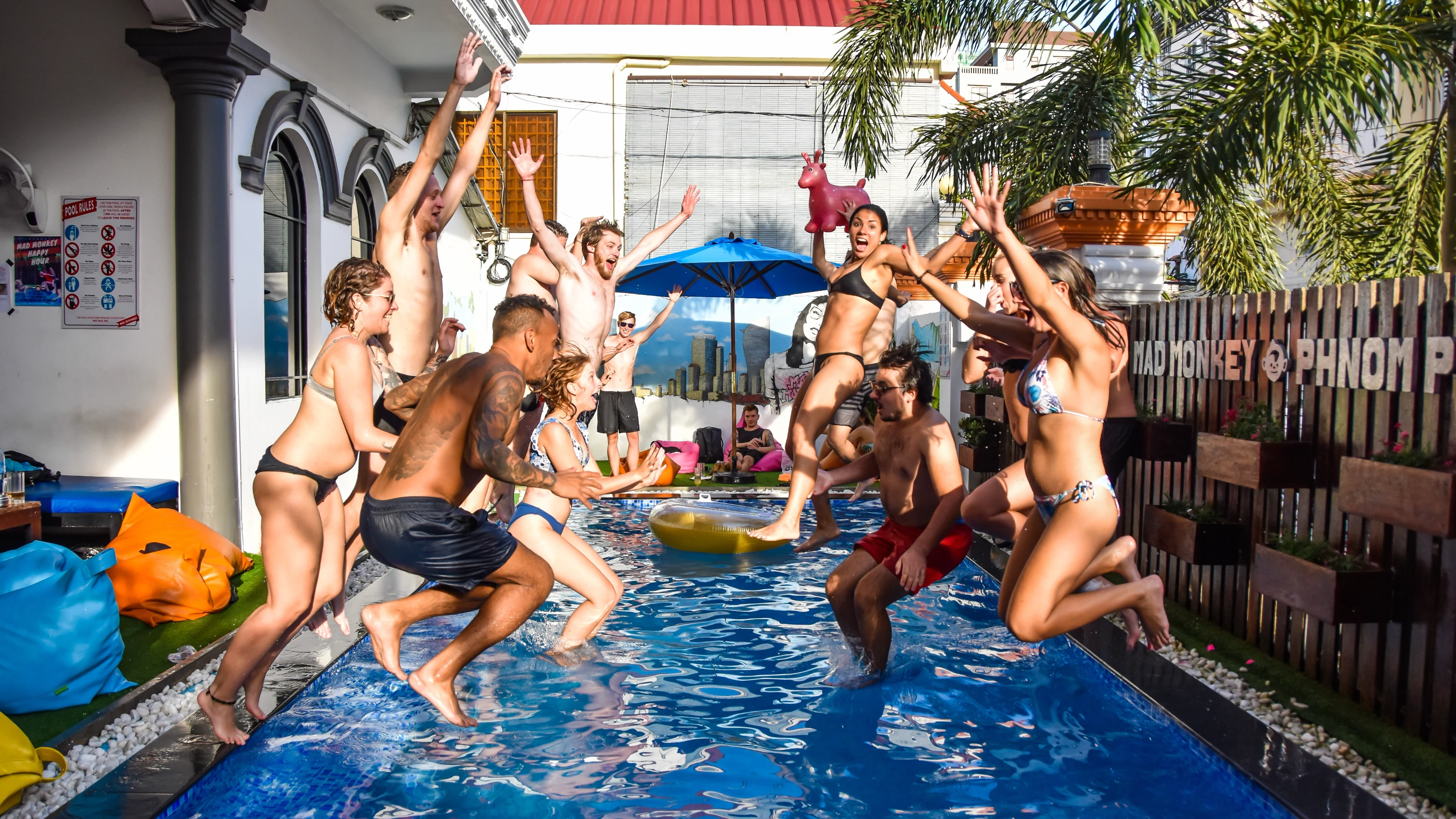
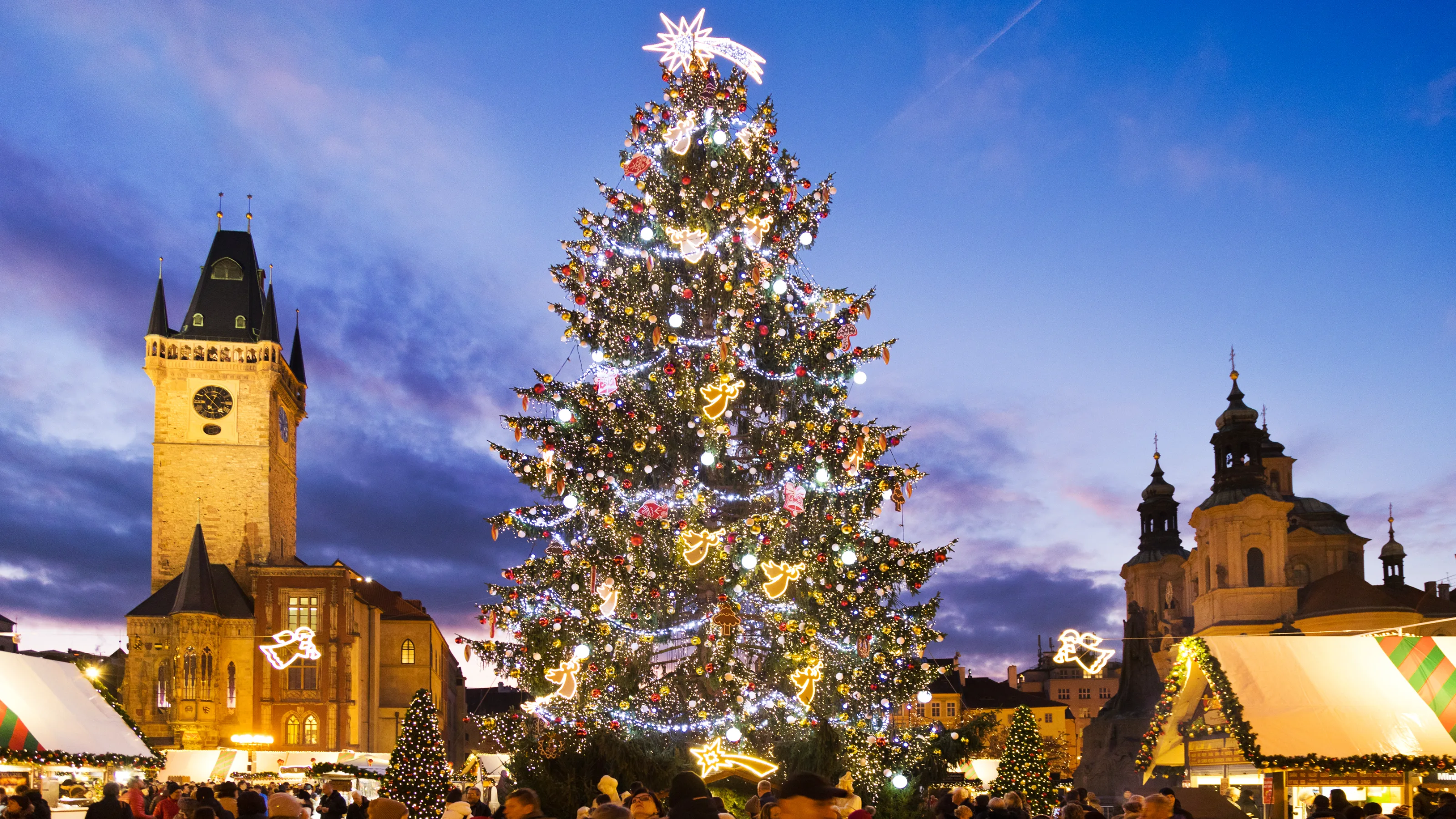
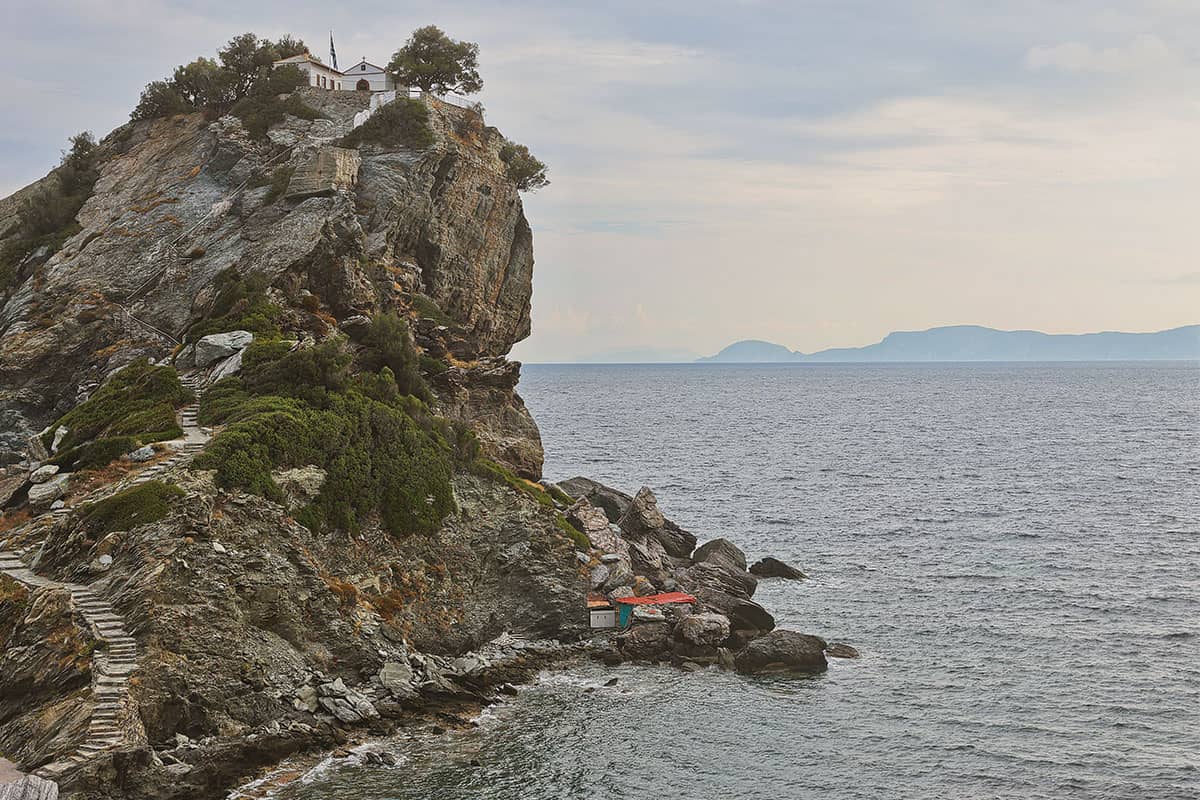
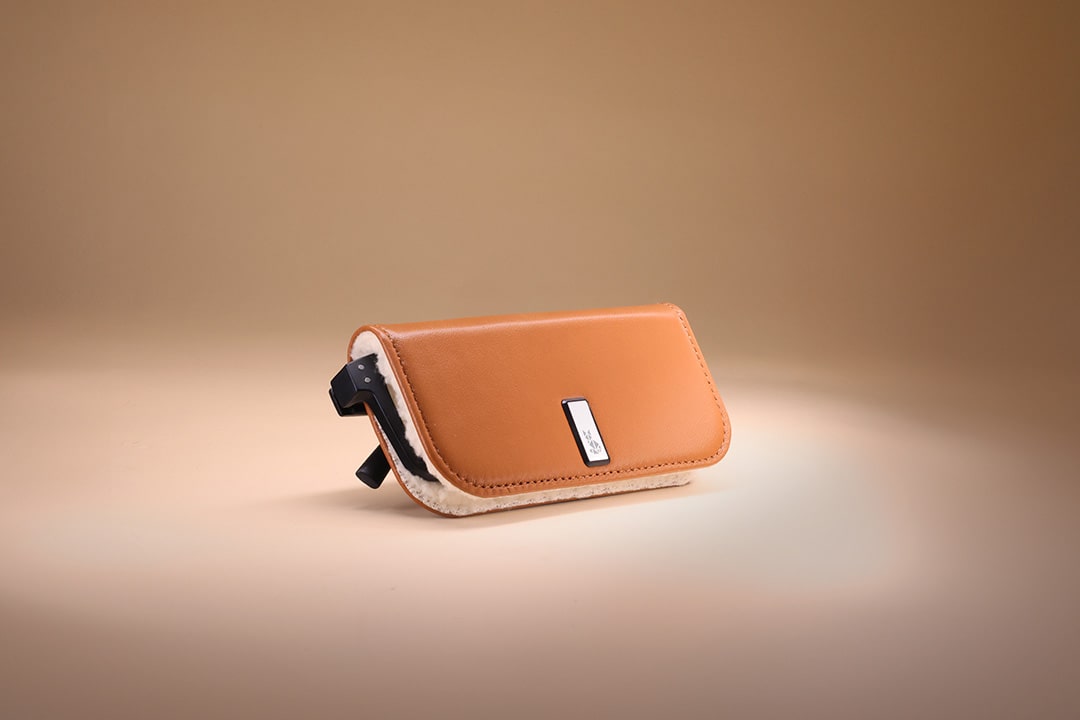




































:format(webp)/cdn.vox-cdn.com/uploads/chorus_image/image/66321622/1206682849.jpg.0.jpg)

























:format(webp)/cdn.vox-cdn.com/uploads/chorus_image/image/67131045/1261725039.jpg.0.jpg)





















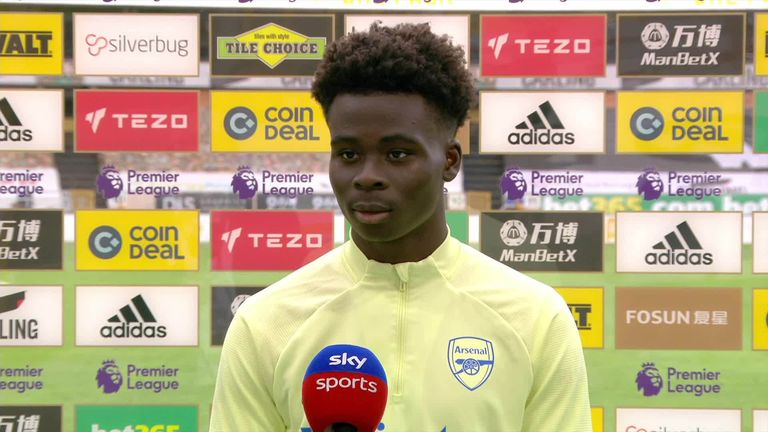














/origin-imgresizer.eurosport.com/2024/02/04/3880159-78836108-2560-1440.jpg)



















